Simulation of debris flow head movement process in mountainous area based on FLOW-3D
-
摘要: 由于2020年10月3日四川省阿坝州理县米亚罗镇突发暴雨,二经里沟暴发了泥石流,损坏沟口的高速公路,并堵塞河道。为了探索泥石流龙头运动特征,选取二经里沟为研究对象,通过调查分析得到泥石流物源分布及规模、沟道形态等特征,采用FLOW-3D数值模拟方法对该泥石流的运动特征进行分析。依据泥石流运动过程的不同特征,将全过程划分为物源汇集、运动特征突变、持续发展、泥沙堆积4个阶段,经验证模拟精度达88.98%。结合泥石流流动速度和堆积深度计算其强度指数,将其划分为4个等级并绘制强度分布图,其中极高强度区占2.4%,高强度区占5.1%,中强度区占13.6%,低强度区占78.9%。并通过三维建模在沟道拟设拦挡坝,模拟分析其对泥石流的减灾效果,为今后防治工程的修建提供科学依据。Abstract: On October 3rd, 2020, a sudden rainstorm in Li County, Aba Prefecture, Sichuan Province. resulted in the outbreak of debris flow in Erjingli gully, which caused severe damage to the highway at the mouth of the gully and blocked the river. To explore the characteristics of the process of debris flow head movement, Erjingli gully was selected as the research object. Through investigation and analysis, the characteristics of the gully source distribution, scale, and morphology were obtained, and the FLOW-3D numerical simulation method was used to analyze the movement characteristics of the debris flow. The different characteristics of the debris flow movement process can be divided into four phases: provenance collection, movement feature mutation, sustainable development and sediment accumulation. It has been proved that the accuracy of this simulation reaches 88.98%. The intensity index was calculated based on the flow velocity and accumulation depth. The debris flow was divided into four grades, and the distribution map was drawn. The extremely high-intensity area accounts for 2.4%, the high-intensity area accounts for 5.1%, the medium intensity area accounts for 13.6%, and the low-intensity area accounts for 78.9%. Based on 3D modeling, the dam is designed to simulate and analyze its effect on debris flow mitigation, which provides a scientific basis for the future control projects.
-
Keywords:
- Erjingli gully /
- FLOW-3D /
- debris flow /
- movement characteristics /
- debris flow intensity
-
-
表 1 二经里沟特征控制参数
Table 1 Main parameters of numerical simulation of Erjingli gully
参数项 数值 临界体积分数 0.49 最大体积分数 0.52 最小体积分数 0.09 泥石流容重/(kg·cm−3) 1820 沟道表面粗糙系数 0.18 松散物质的平均粒径/mm 10.1 松散固体材料的重度/(kg·cm−3) 2800 松散固体材料内休止角/(°) 32 表 2 二经里沟物源面积、平均厚度及体积
Table 2 Provenance area and average thickness of Erjingli gully
物源编号 1 2 3 4 5 6 7 8 面积/m2 1212.5 2969.4 4181.2 633.1 5805.7 10730.2 4008.6 4485.6 平均厚度/m 1.69 1.30 0.87 0.80 4.78 5.46 4.37 4.50 体积/m3 2052 3869 3654 504 27751 58586 17518 20185 表 3 模拟边界条件设定结果
Table 3 Boundary condition setting results of numerical simulation
网格序号 Xmin Xmax Ymin Ymax Zmin Zmax 1 S C S C W C 2 O C S C W S 3 S C C O W S 4 C C S C W S 5 C O S O W S 6 S O C C W S 注:C为连续边界;O为出流边界;S为对称边界;W为壁面边界。 表 4 模拟结果与野外实测对比验证
Table 4 The comparation of simulated results and field measurements
模拟参数 实测值/m2 模拟值 /m 2 重叠区 /m 2 精度/% 模拟结果 8015.83 9500.41 7765.05 88.98 -
[1] 周伟,唐川. 汶川震区暴雨泥石流发生的降雨阈值[J]. 水科学进展,2013,24(6):786 − 793. [ZHOU Wei,TANG Chuan. Rainfall thresholds for debris flows occurrence in the Wenchuan earthquake area[J]. Advances in Water Science,2013,24(6):786 − 793. (in Chinese with English abstract) [2] D’ANIELLO A,COZZOLINO L,CIMORELLI L,et al. A numerical model for the simulation of debris flow triggering,propagation and arrest[J]. Natural Hazards,2015,75(2):1403 − 1433. DOI: 10.1007/s11069-014-1389-8
[3] CHANG M,LIU Y,ZHOU C,et al. Hazard assessment of a catastrophic mine waste debris flow of Hou gully,Shimian,China[J]. Engineering Geology,2020,275:105733. DOI: 10.1016/j.enggeo.2020.105733
[4] 乔建平,王萌,吴彩燕,等. 汶川地震扰动区小流域滑坡泥石流风险评估—以都江堰白沙河流域为例[J]. 中国地质灾害与防治学报,2018,29(4):1 − 9. [QIAO Jianping,WANG Meng,WU Caiyan,et al. Landslide and debris flow risk assessment for small water sheels in the Wenchuan earthquake disturbance area:Taking the Baishahe River basin in Dujiangyan as an example[J]. The Chinese Journal of Geological Hazard and Control,2018,29(4):1 − 9. (in Chinese with English abstract) [5] 王锐. 基于GIS和Logistic回归模型的降雨型滑坡易发性研究[D]. 杭州: 浙江大学, 2018 WANG Rui. GIS-based logistic regression nodel for rainfall-induced landslide susceptibility assessment[D]. Hangzhou: Zhejiang University, 2018. (in Chinese with English abstract)
[6] 徐泳,孙其诚,张凌,等. 颗粒离散元法研究进展[J]. 力学进展,2003,33(2):251 − 260. [XU Yong,SUN Qicheng,ZHANG Ling,et al. Advances in discrete element methods for particulate materials[J]. Advances in Mechanics,2003,33(2):251 − 260. (in Chinese with English abstract) DOI: 10.3321/j.issn:1000-0992.2003.02.010 [7] 孙其诚,王光谦. 颗粒流动力学及其离散模型评述[J]. 力学进展,2008,38(1):87 − 100. [SUN Qicheng,WANG Guangqian. Review on granular flow dynamics and its discrete element method[J]. Advances in Mechanics,2008,38(1):87 − 100. (in Chinese with English abstract) DOI: 10.3321/j.issn:1000-0992.2008.01.006 [8] 缪吉伦,陈景秋,张永祥,等. 库岸滑坡涌浪二维光滑粒子动力学数值模拟[J]. 水土保持通报,2013,33(3):175 − 179. [MIAO Jilun,CHEN Jingqiu,ZHANG Yongxiang,et al. Numerical simulation of impulsive wave generated by landslide on reservoir bank using two-dimensional smoothed particle hydrodynamics method[J]. Bulletin of Soil and Water Conservation,2013,33(3):175 − 179. (in Chinese with English abstract) DOI: 10.13961/j.cnki.stbctb.2013.03.008 [9] HUANG Y J,NYDAL O J. Coupling of discrete-element method and smoothed particle hydrodynamics for liquid-solid flows[J]. Theoretical and Applied Mechanics Letters,2012,2(1):012002. DOI: 10.1063/2.1201202
[10] 王沁,姚令侃. 格子Boltzmann方法及其在泥石流堆积研究中的应用[J]. 灾害学,2007,22(3):1 − 5. [WANG Qin,YAO Lingkan. Lattice boltzmann method and its application in the study on deposition of debris flow[J]. Journal of Catastrophology,2007,22(3):1 − 5. (in Chinese with English abstract) DOI: 10.3969/j.issn.1000-811X.2007.03.001 [11] 周公旦,孙其诚,崔鹏. 泥石流颗粒物质分选机理和效应[J]. 四川大学学报(工程科学版),2013,45(1):28 − 36. [ZHOU Gongdan,SUN Qicheng,CUI Peng. Study on the mechanisms of solids segregation in granular debris flows[J]. Journal of Sichuan University (Engineering Science Edition),2013,45(1):28 − 36. (in Chinese with English abstract) [12] BEGUERÍA S,VAN ASCH T W J,MALET J P,et al. A GIS-based numerical model for simulating the kinematics of mud and debris flows over complex terrain[J]. Natural Hazards and Earth System Sciences,2009,9(6):1897 − 1909. DOI: 10.5194/nhess-9-1897-2009
[13] CHRISTEN M,KOWALSKI J,BARTELT P. RAMMS:Numerical simulation of dense snow avalanches in three-dimensional terrain[J]. Cold Regions Science and Technology,2010,63(1/2):1 − 14.
[14] HE S M,LI D X,WU Y,et al. Study on the rainfall and aftershock threshold for debris flow of post-earthquake[J]. Journal of Mountain Science,2011,8(5):750 − 756. DOI: 10.1007/s11629-011-2046-2
[15] CHANG M,TANG C,VAN ASCH T W J,et al. Hazard assessment of debris flows in the Wenchuan earthquake-stricken area,South West China[J]. Landslides,2017,14(5):1783 − 1792. DOI: 10.1007/s10346-017-0824-9
[16] NOCENTINI M,TOFANI V,GIGLI G,et al. Modeling debris flows in volcanic terrains for hazard mapping:the case study of Ischia Island (Italy)[J]. Landslides,2015,12(5):831 − 846. DOI: 10.1007/s10346-014-0524-7
[17] OUYANG C J,WANG Z W,AN H C,et al. An example of a hazard and risk assessment for debris flows—A case study of Niwan Gully,Wudu,China[J]. Engineering Geology,2019,263:105351. DOI: 10.1016/j.enggeo.2019.105351
[18] HORTON A J,HALES T C,OUYANG C J,et al. Identifying post-earthquake debris flow hazard using Massflow[J]. Engineering Geology,2019,258:105134. DOI: 10.1016/j.enggeo.2019.05.011
[19] TRUJILLO-VELA M G,GALINDO-TORRES S A,ZHANG Xue,et al. Smooth particle hydrodynamics and discrete element method coupling scheme for the simulation of debris flows[J]. Computers and Geotechnics,2020,125:103669. DOI: 10.1016/j.compgeo.2020.103669
[20] LIU W,YANG Z J,HE S M. Modeling the landslide-generated debris flow from formation to propagation and Run-out by considering the effect of vegetation[J]. Landslides,2021,18(1):43 − 58. DOI: 10.1007/s10346-020-01478-4
[21] 崔鹏,陈晓清,程尊兰,等. 西藏泥石流滑坡监测与防治[J]. 自然杂志,2010,32(1):19 − 25. [CUI Peng,CHEN Xiaoqing,CHENG Zunlan,et al. Monitoring and prevention of debris-flows and landslides in Tibet[J]. Chinese Journal of Nature,2010,32(1):19 − 25. (in Chinese with English abstract) DOI: 10.3969/j.issn.0253-9608.2010.01.005 [22] 熊江,唐川,龚凌枫,等. 强震区泥石流物源演化指标选取及规律分析[J]. 水土保持研究,2020,27(1):360 − 365. [XIONG Jiang,TANG Chuan,GONG Lingfeng,et al. Evolution indexes selecting and laws analyzing of debris flow source in strong earthquake area[J]. Research of Soil and Water Conservation,2020,27(1):360 − 365. (in Chinese with English abstract) [23] CHEN N S,YANG C L,ZHOU W,et al. The critical rainfall characteristics for torrents and debris flows in the Wenchuan earthquake stricken area[J]. Journal of Mountain Science,2009,6(4):362 − 372. DOI: 10.1007/s11629-009-1064-9
[24] SOULSBY R. Dynamics of marine sands[M]. Thomas Telford Ltd, 1998.
[25] 方群生,唐川,程霄,等. 汶川震区泥石流流域内滑坡物源量计算方法探讨[J]. 水利学报,2015,46(11):1298 − 1304. [FANG Qunsheng,TANG Chuan,CHENG Xiao,et al. An calculation method for predicting landslides volumes of the debris flows in the Wenchuan earthquake area[J]. Journal of Hydraulic Engineering,2015,46(11):1298 − 1304. (in Chinese with English abstract) [26] 余斌. 粘性泥石流的平均运动速度研究[J]. 地球科学进展,2008,23(5):524 − 532. [YU Bin. Study on the mean velocity of viscous debris flows[J]. Advances in Earth Science,2008,23(5):524 − 532. (in Chinese with English abstract) DOI: 10.3321/j.issn:1001-8166.2008.05.013 [27] FUCHS S,HEISS K,HÜBL J. Towards an empirical vulnerability function for use in debris flow risk assessment[J]. Natural Hazards and Earth System Sciences,2007,7(5):495 − 506. DOI: 10.5194/nhess-7-495-2007
[28] JAKOB M,STEIN D,ULMI M. Vulnerability of buildings to debris flow impact[J]. Natural Hazards,2012,60(2):241 − 261. DOI: 10.1007/s11069-011-0007-2
-
期刊类型引用(1)
1. 张家明. 软弱夹层工程地质特征研究进展. 地质灾害与环境保护. 2020(01): 104-112 .  百度学术
百度学术
其他类型引用(4)





 下载:
下载:

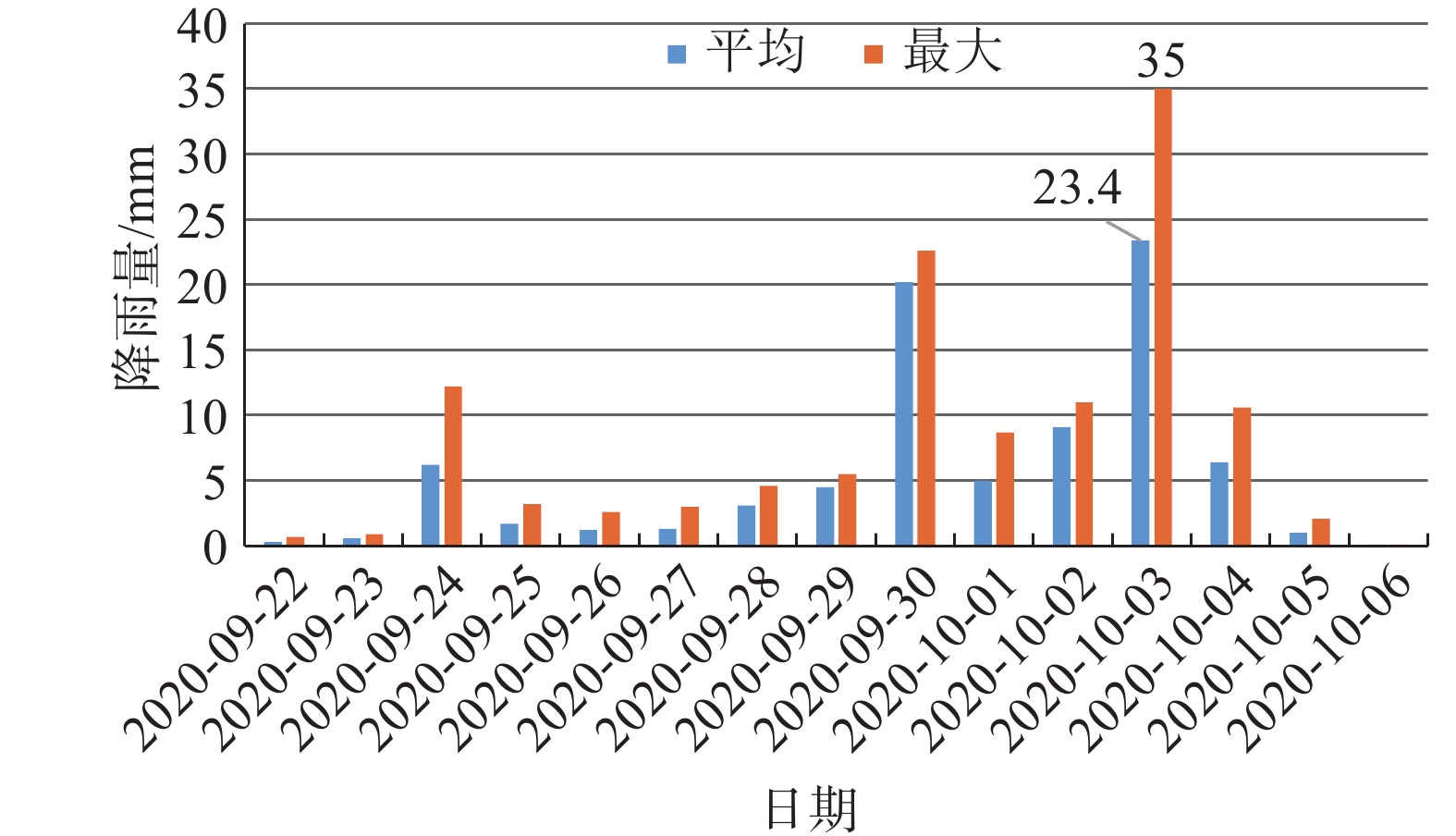
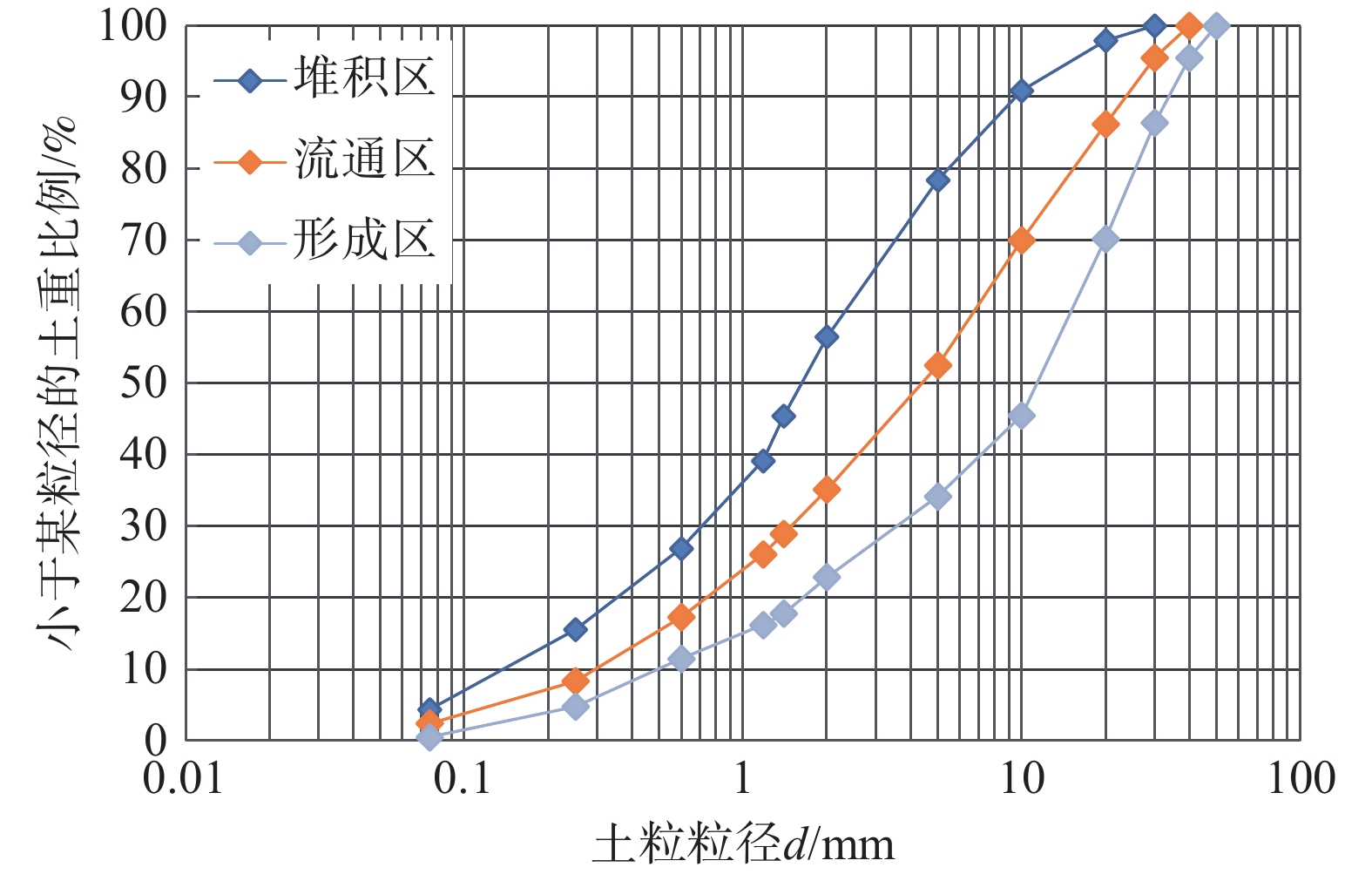
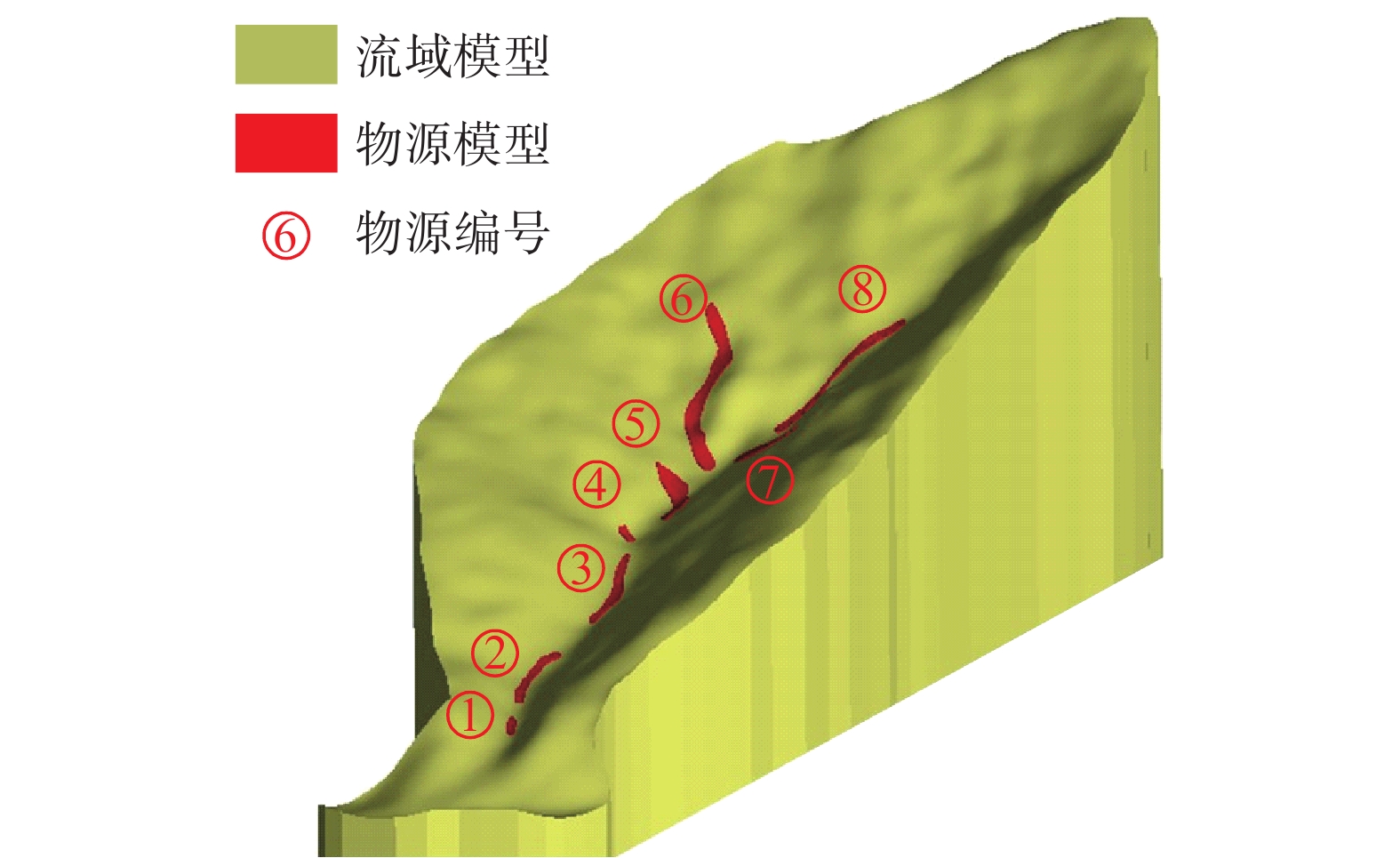
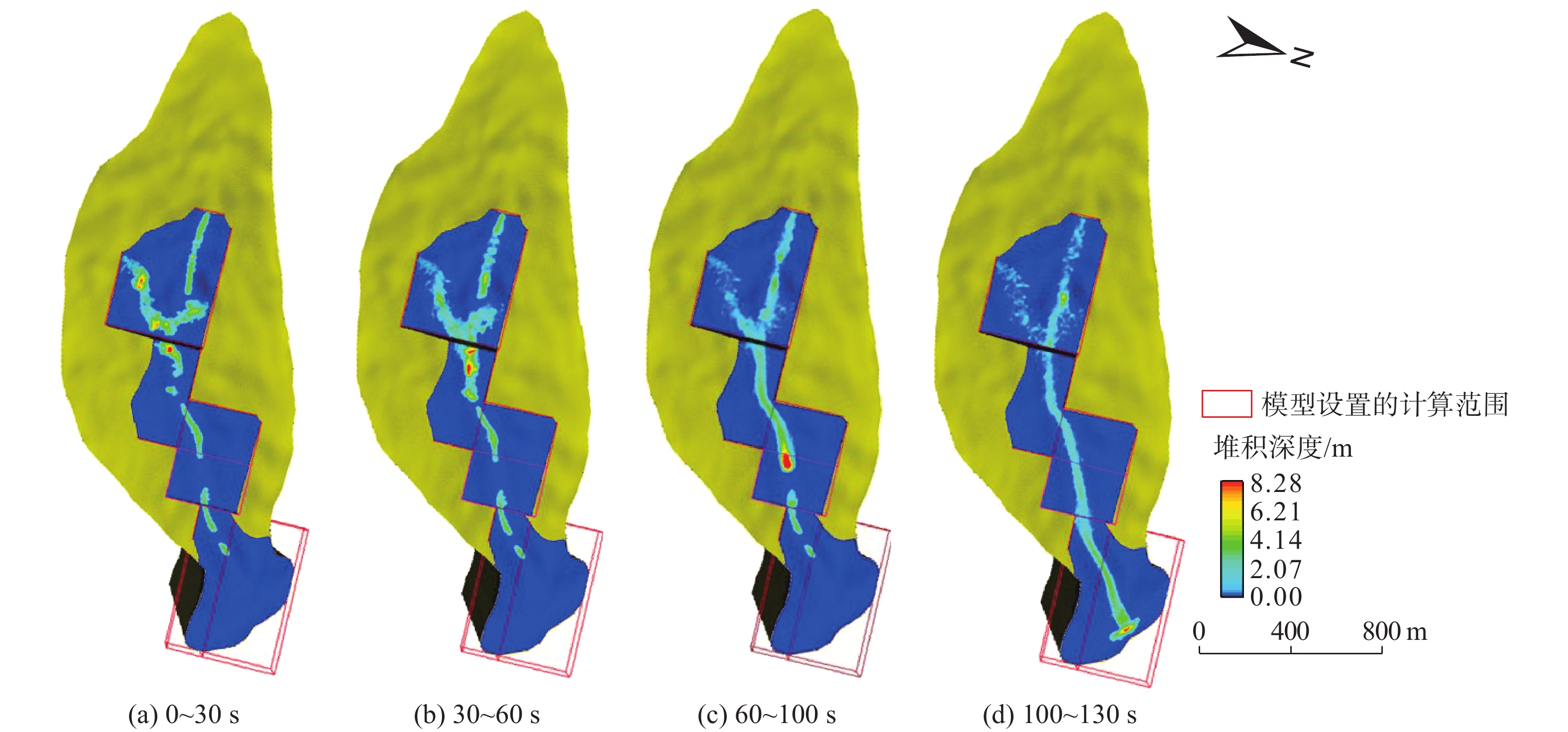
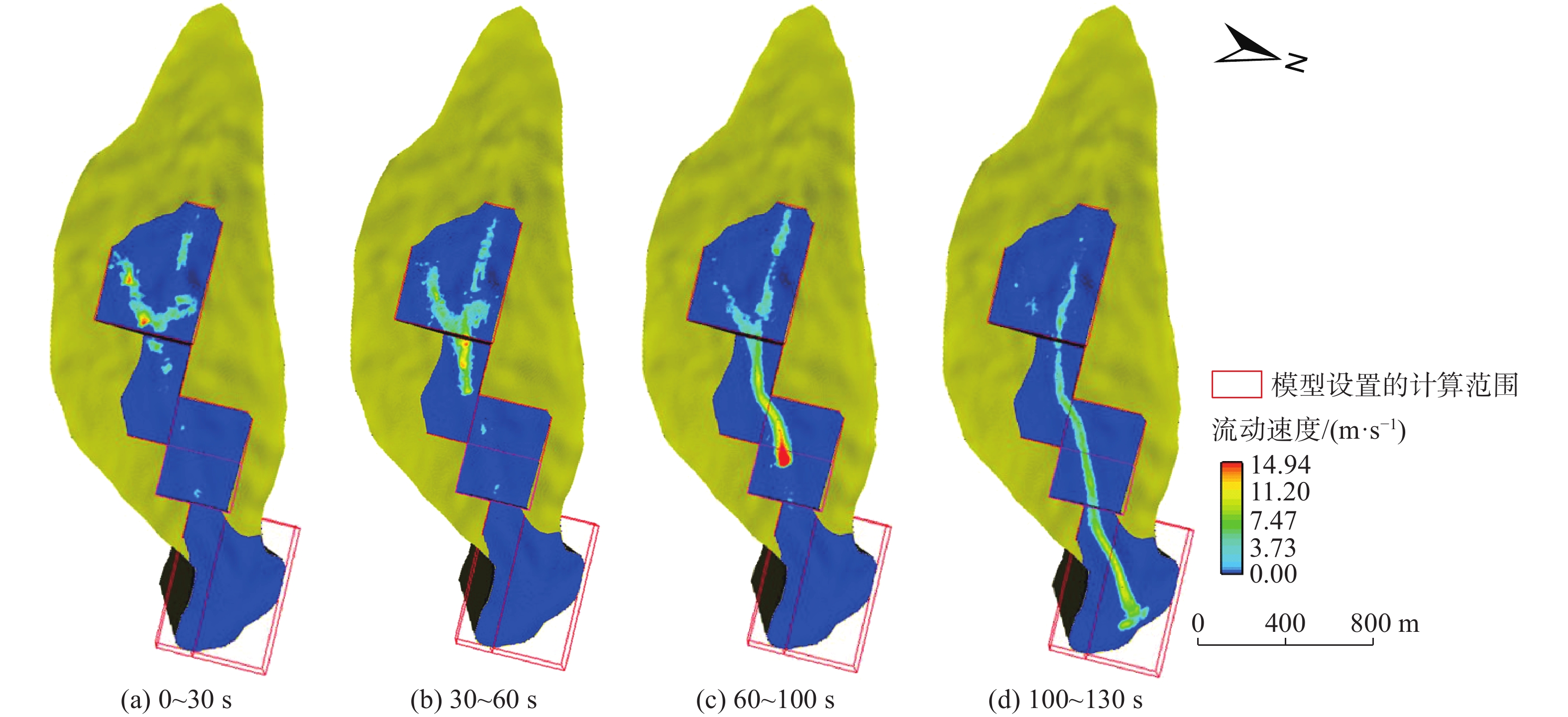
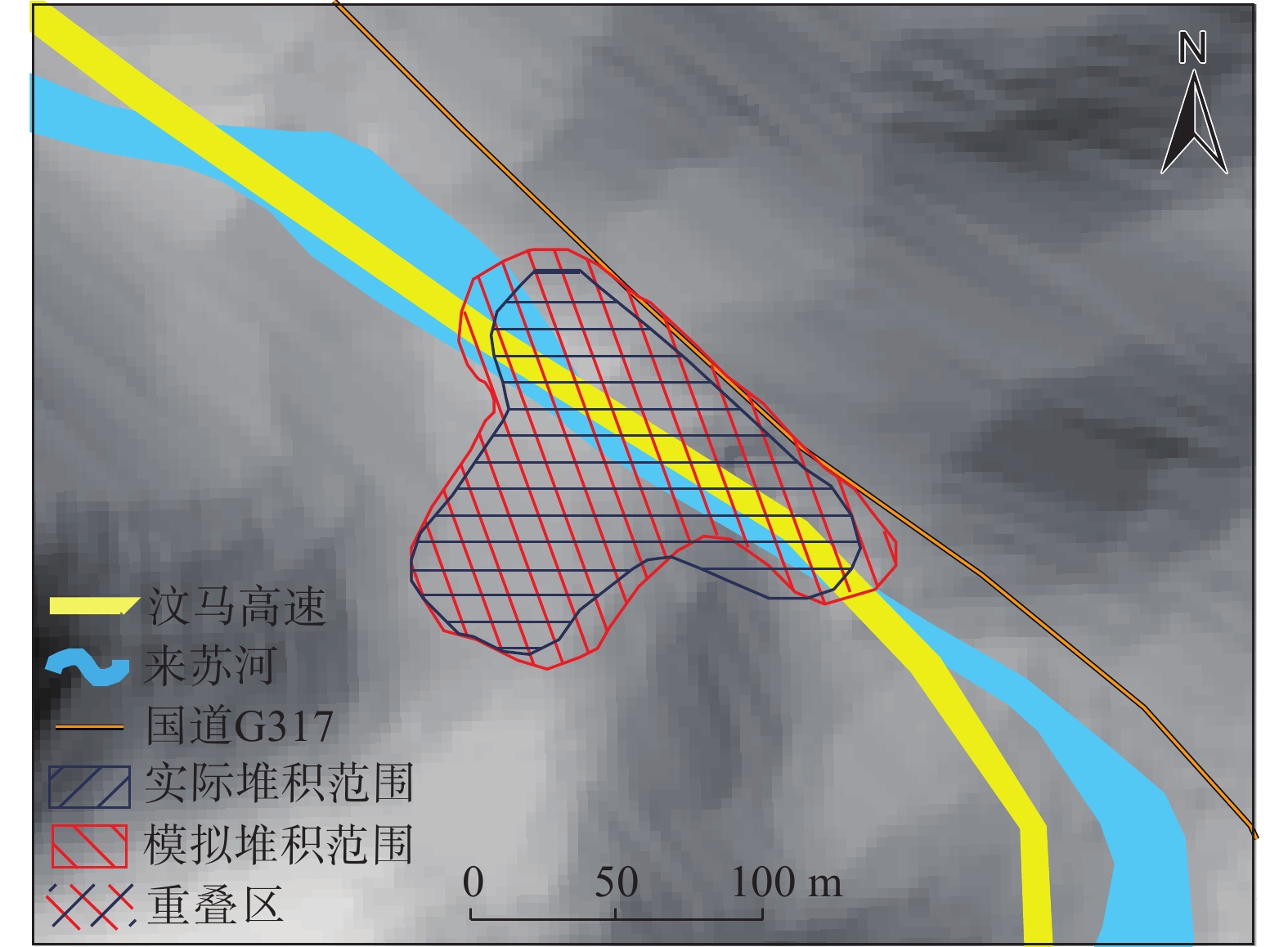
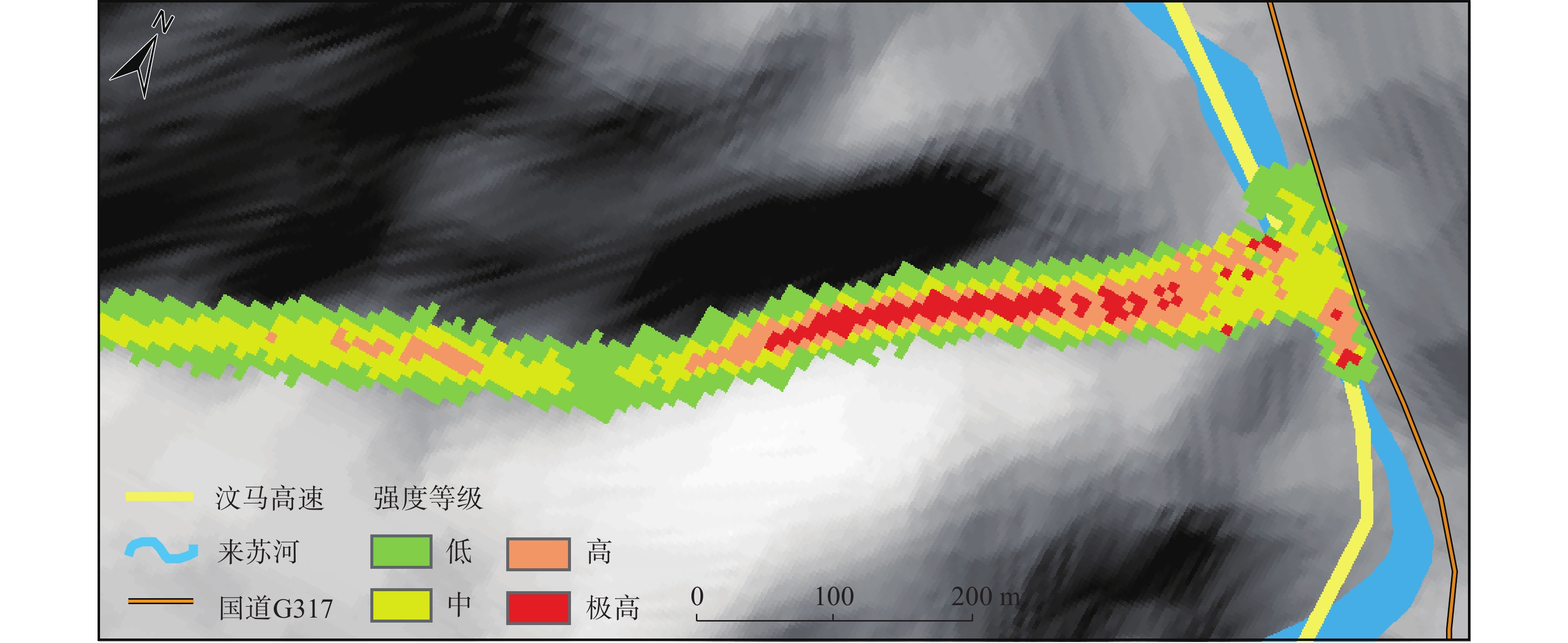

 邮件订阅
邮件订阅 RSS
RSS